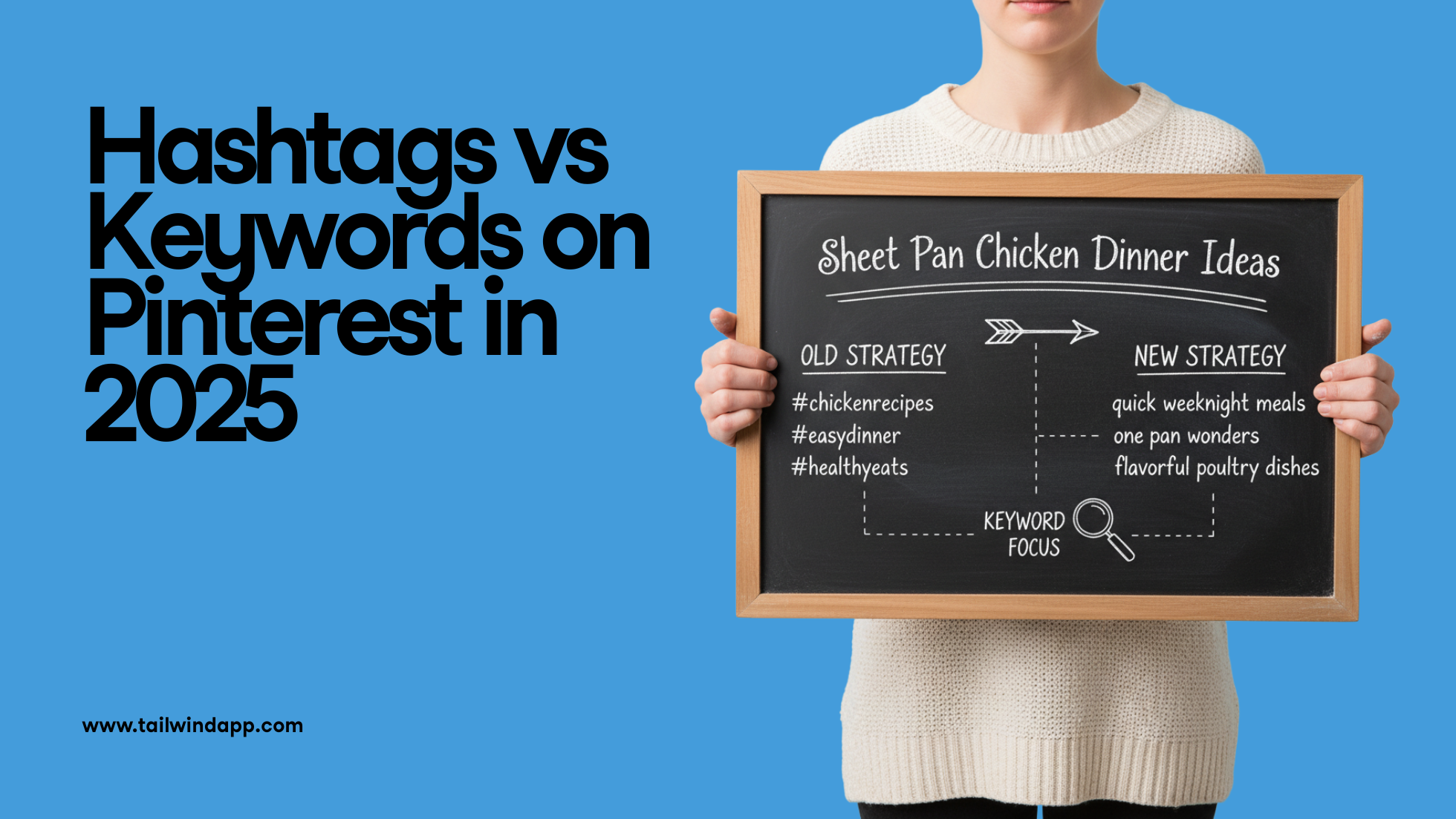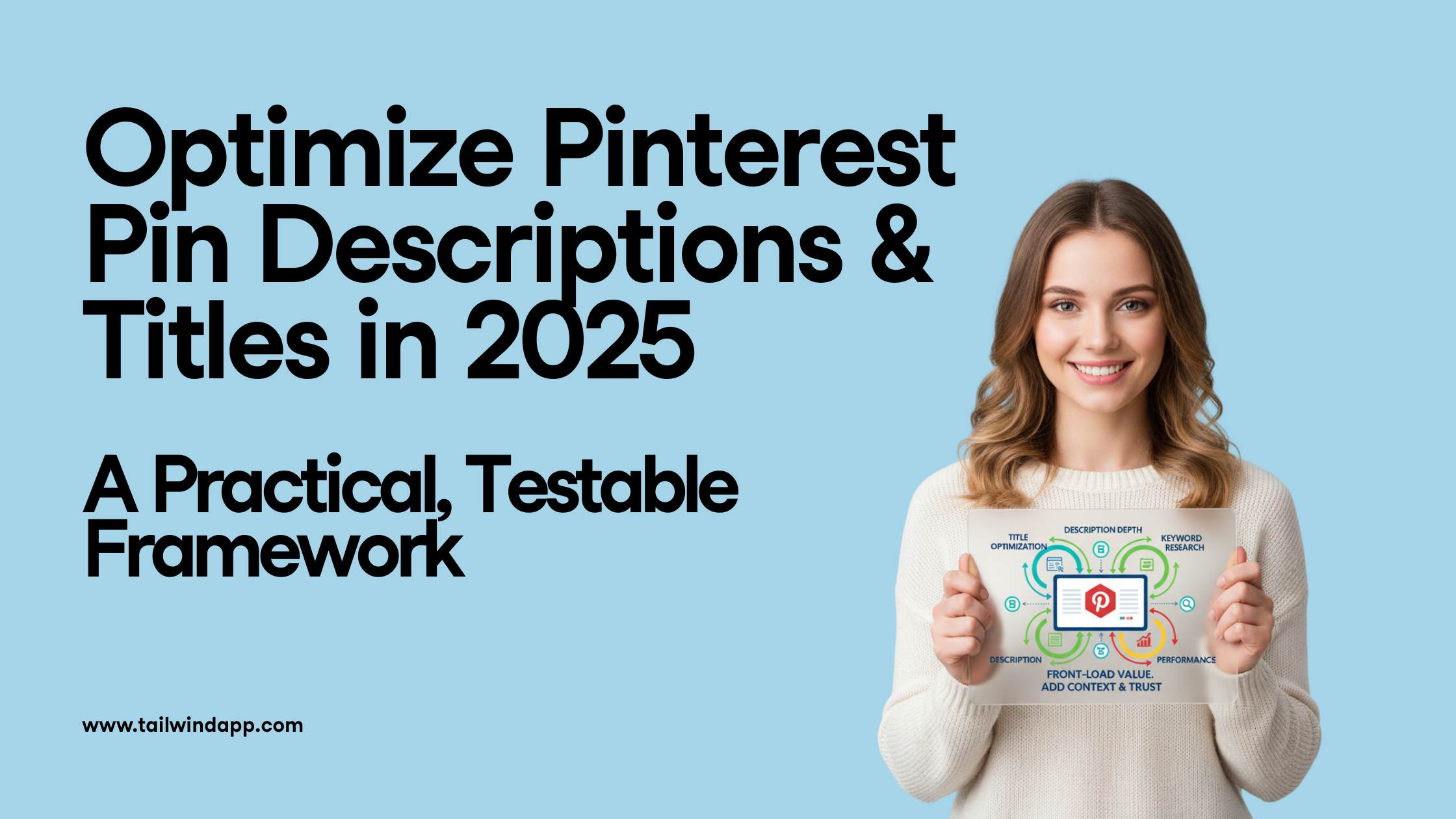Earlier this week, Pinterest revealed that they are beginning to roll out a new “related pins” feature which allows users to rate the pins they want to see more of as well as the content they would rather not see.

Pinterest has been pretty busy the past few months. From the release of rich pins to the announcement of promoted pins, it’s obvious Pinterest is looking to make the experience better for users and marketers alike. And their most recent release, related pins, is no exception. Below we list the five things you need to know about taking advantage of related pins in your Pinterest strategy.
1. What Related Pins Actually Are.
Slowly but surely, Pinterest will be adding more and more related pins. These pins will be marked with “Related Pin” in the bottom left corner and a small “i” in the bottom right.

When you click on the “i”, Pinterest brings up a dialogue box with the reason they choose the pin and the choice to either give the pin a “thumbs up” or a “thumbs down”, depending on whether or not you like what you see.

For instance, I pin a lot of fun hair and makeup ideas so Pinterest thought I might like this “cat eye” pin. When I clicked “thumbs up,” Pinterest tells me:

If you’re not such a fan of one of the suggested pin, then you hit the “thumbs down” button and Pinterest will tell you:

So, in summary, you hit “thumbs up” if you like a pin and “thumbs down” if you don’t. Simple as that!
2. Make Hyper-Targeting Even More Hyper-Targeted.
With this feature, Pinterest is giving users even more control over their already hyper-targeted content. Now, a user can not only follow the boards they’re interested in, they can decide what content is relevant to them. Because of this, users will either choose to give your content a “thumbs up” and see more of it, or they’ll give it a “thumbs down” and you won’t spam users with little-to-no interest in your company. With a less cluttered feed, those users who are engaged with your brand will have an easier time seeing and interacting with your content on Pinterest.
3. Curate More Relevant Content.
Pinterest places cookies on your browser to track what websites you go to as a way to put content you might like in your feed. If you work at a Pinterest analytics company and your marketing manager loves to shop online and look at cute cat pictures, your company’s feed might end up looking a bit funny (not that this has happened to us before…). You can turn off the cookies from Pinterest but, alternatively, simply giving a “thumbs up” to content related to your company and a “thumbs down” to content related to your personal interest, you have more control over the pins in your feed.
4. Related Pins + Getty Images Analysis = Fewer Homeless Pins.
There are few things as irritating as a pin that doesn’t link to anything – especially for the person who created the image. For photographers, artists and marketers alike, the potential copyright issues can be a real deterrent for using Pinterest as a marketing platform. Because of this, Pinterest recently began a partnership with Getty Images in the hopes that their vast array of data around images will help Pinterest better place the original location and link of those pins without a home. Now that Pinterest is both suggesting content and helping to protect the original image owners rights, those with copyright concerns can take advantage of Pinterest without fear of their images ending up homeless and abandoned.
5. Pre-Cursor to Promoted Pins?
Although Pinterest insists that related pins have nothing directly to do with the future of promoted pins, it is supplying them with even more interest data for each user. Like Facebook before them, by collecting such detailed information on users interests and behaviors, Pinterest has the potential to offer incredibly well-targeted promotions, saving advertisers both time and money. Who doesn’t love that?
Where do you see the future of related pins going? Let us know in the comments!
[sc:signup-form]






